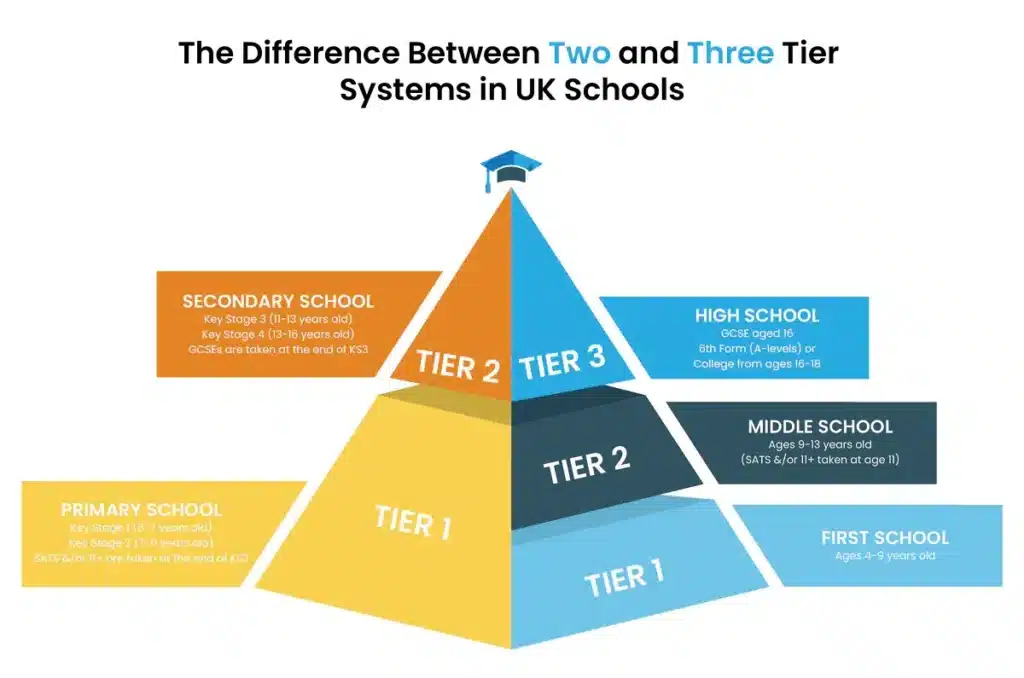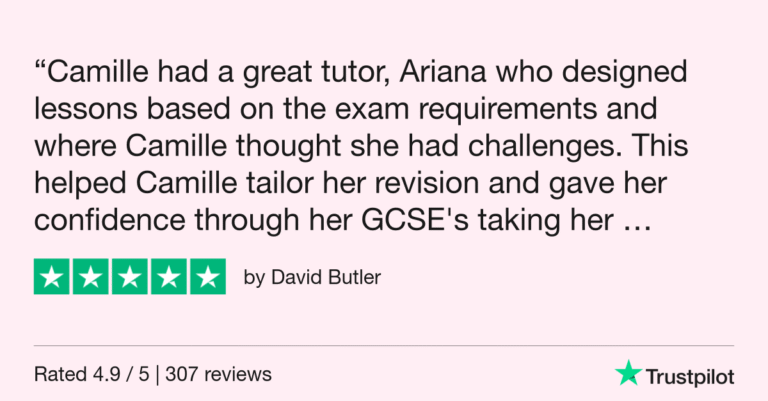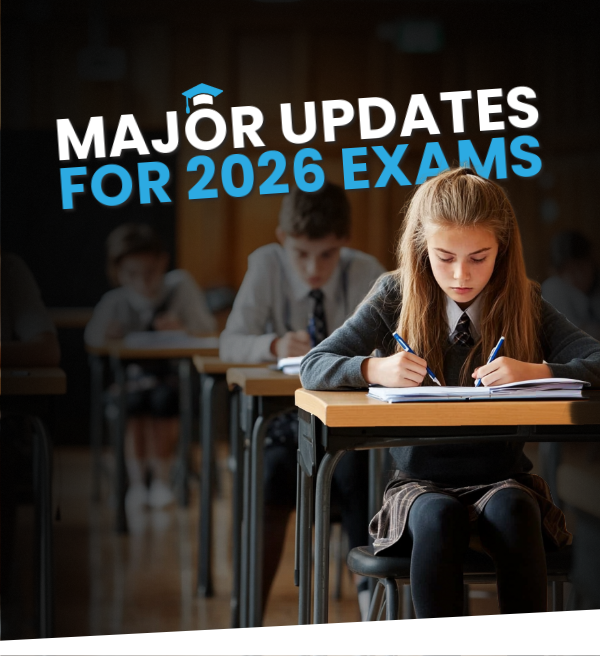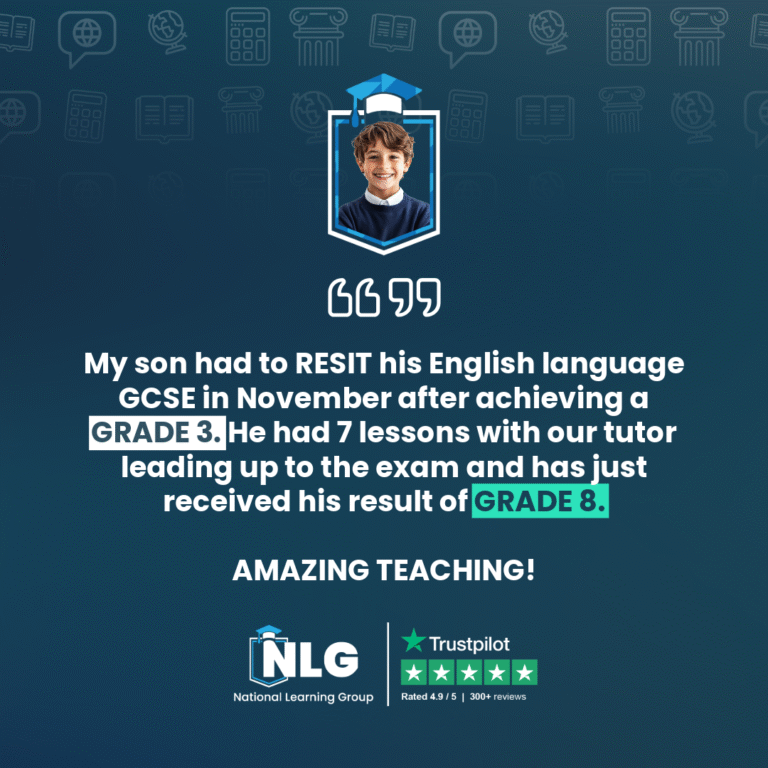
What is the difference between two tier and three tier education system?
In the United Kingdom, the education system can be complex to navigate, especially for parents seeking the best opportunities for their children’s academic journey. One key aspect to understand is the difference between the 2-tier and 3-tier education systems. When it comes to the two-tier and three-tier education systems in the UK, the main difference lies in the stages and transitions students go through during their schooling.
Two-Tier Education System:
In areas following the 2-tier system, the educational journey is made up of two main stages: primary and secondary education.
Primary School:
Primary education typically covers children aged 4 to 11 and focuses on laying a solid foundation across a range of subjects. Key stages 1 and 2 covers the primary years, starting with Phonics and early Maths, then nurturing a broad understanding of subjects like English, Mathematics, Science, and the Humanities. At the end of Primary School, all children must take the SATs examinations, and if you are applying for Grammar School, your child will also need to sit the 11+ examinations.
Secondary School:
Following primary education, students will transition to Secondary School, entering Key Stage 3 (Year 7, age 11 or 12) . The curriculum is still quite broad at this stage, delving deeper into the topics they touched upon in primary school.
When they enter Key Stage 4 at the age of 13, they encounter a more specialised curriculum based on choices they made at the end of KS3, with a focus on GCSE examinations (Year 11, age 15 or 16) that form the basis for future academic and career paths. Most school will expect all students to study for at least 8 GCSEs and do English, English Literature, Maths and Science as well as their own choices. Post-16 education may include A-levels or vocational qualifications in a college or sixth form.
Three-Tier Education System:
Conversely, areas employing the 3-tier system incorporate an additional stage between primary and secondary education. The three-tier structure consists of:
First School (5-9 years old):
Similar to the 2-tier system, this stage provides a foundational education covering a variety of subjects with a heavy focus on developing literacy and numeracy skills.
Middle School (9-13 years old):
Unique to the 3-tier system, this serves as an intermediate stage where students explore a broader curriculum. Subjects become more specialised, allowing students to discover their interests and strengths. Middle school acts as a transitional period, offering a supportive environment that helps students adapt to the increased academic challenges they will face in High School.
High School (13-16 years old):
Building on the foundation laid in Primary and Middle School, this provides a more in-depth and specialised education. Students choose their GCSE subjects, allowing them to tailor their learning experience to align with their career aspirations. There will also be a requirement that all students study at least 8 GCSEs and do English, English Literature, Maths and Science as well as their own choices.
Making the right decision
The decision between the 2-tier and 3-tier systems usually depends on where you live with some councils only offering 2-tier and others offering both options. Both systems aim to provide a comprehensive education, but the 3-tier structure introduces an additional transitional phase.
As a parent, it’s crucial to consider your child’s individual learning style and preferences. Some may thrive in the continuity of the 2-tier system, while others might benefit from the additional support and exploration offered by the 3-tier approach.
Understanding the nuances between the 2-tier and 3-tier education systems empowers parents to make informed decisions about their children’s educational journey. Whichever path is chosen, a supportive and engaged approach from you remains the cornerstone of a successful academic experience.
Each education system has its own set of advantages and potential challenges. The two-tier education system allows for longer periods in the same school, which can lead to stronger relationships with teachers and peers, potentially providing a more stable learning environment. The three-tier education system, on the other hand, can offer a more gradual transition between the very different phases of early, middle, and late education, which some argue better meets the developmental needs of children at different ages.
What are the pros and cons of the 2-tier and 3-tier school systems in UK?
Pros and cons of the two-tier and three-tier education systems in the UK education landscape, in a light-hearted yet informative manner.
Two-Tier Education System Pros:
Stability and Consistency:
With fewer transitions, students can settle in for the long haul, building strong, lasting relationships with peers and teachers alike.
Streamlined Path:
There’s a clear and direct path from primary to secondary education, which can simplify academic planning and progression.
Cohesive Curriculum:
A more uninterrupted curriculum allows for a sustained development of skills and knowledge over a longer period within the same school setting.
Two-Tier Education System Cons:
Big Leap:
The transition from primary to secondary school can be quite a leap – it’s the educational equivalent of jumping into the deep end for some students.
Less Tailored:
One size has to fit all in larger secondary schools, which might leave some students feeling a bit lost in the shuffle.
Three-Tier Education System Pros:
Gradual Transition:
The extra step allows students to dip their toes into the waters of change more gently, with middle schools acting as a bridge between the nurturing environment of primary and the more independent setting of upper schools.
Developmentally Aligned:
Middle schools can offer educational experiences that are better aligned with the specific developmental stages of their students.
Three-Tier Education System Cons:
More Changes:
More transitions can sometimes mean more upheaval, as students have to adjust to new settings, teachers, and peers more frequently.
Curriculum Discontinuity:
There’s a risk of disjointedness in the curriculum, with potential overlaps or gaps as students move from one school to the next.
As for a personal preference, it would depend on various factors including the individual child’s needs, the quality of local schools, and the support systems in place. Some children thrive in the stability of a two-tier education system, while others may benefit from the more graduated approach of a three-tier system. Regardless of the education system, what’s crucial is the quality of teaching, the resources available, and the educational philosophy of the schools in question. It’s also important for parents to be engaged with their child’s education and to advocate for their needs.
At the National Learning Group, we recognise the importance of adapting to the needs of each individual child. Whether they are in a two-tier or three-tier system, our one-to-one tutoring is tailored to ensure that children receive the support they need to thrive academically, develop confidence, and achieve their full potential. The right system is one where a child feels supported and challenged in equal measure. The key takeaway? Each education system has its melodies and its maladies. The National Learning Group’s one-to-one tutoring service is tuned to the unique frequency of each child, providing a consistent note of support, helping them to harmonise their potential with performance, no matter the tiered system they find themselves in.






